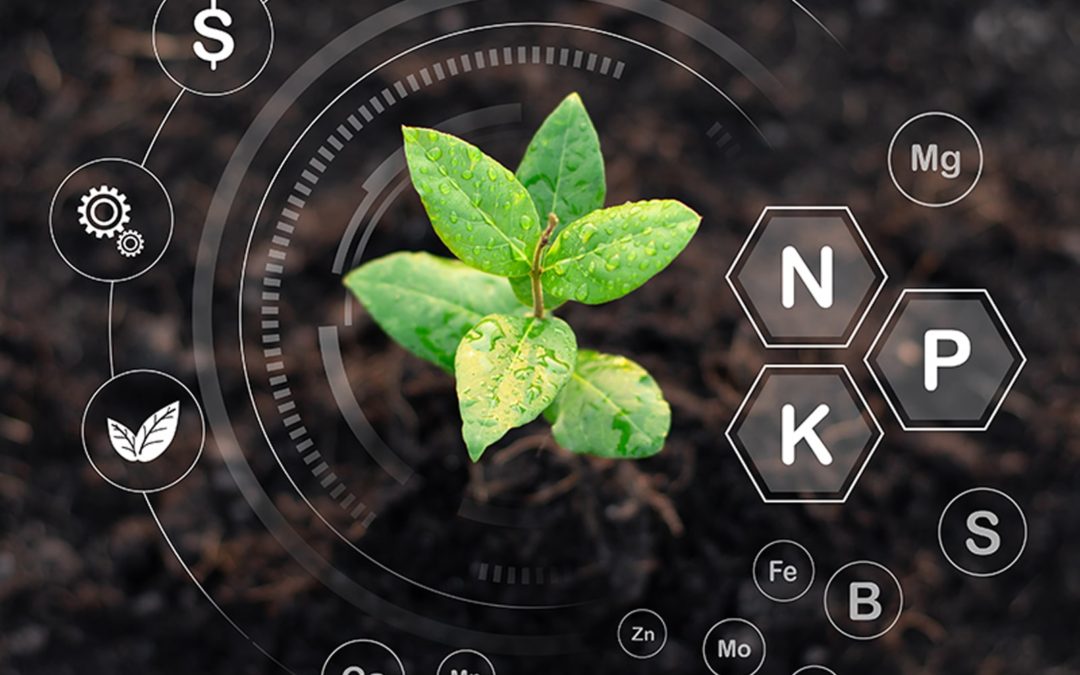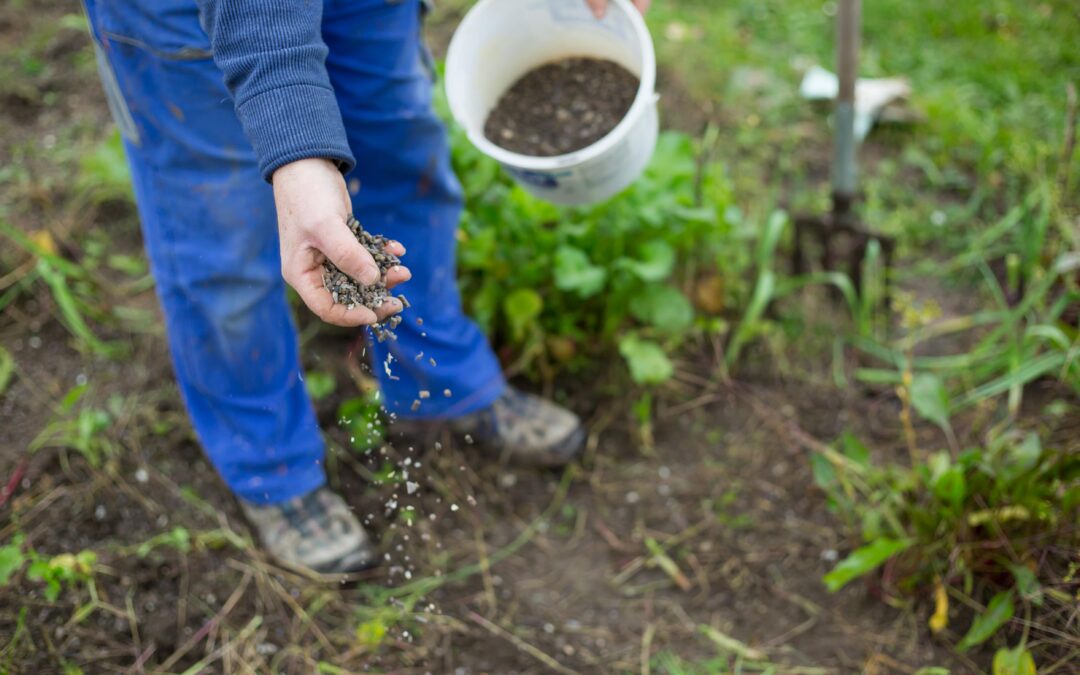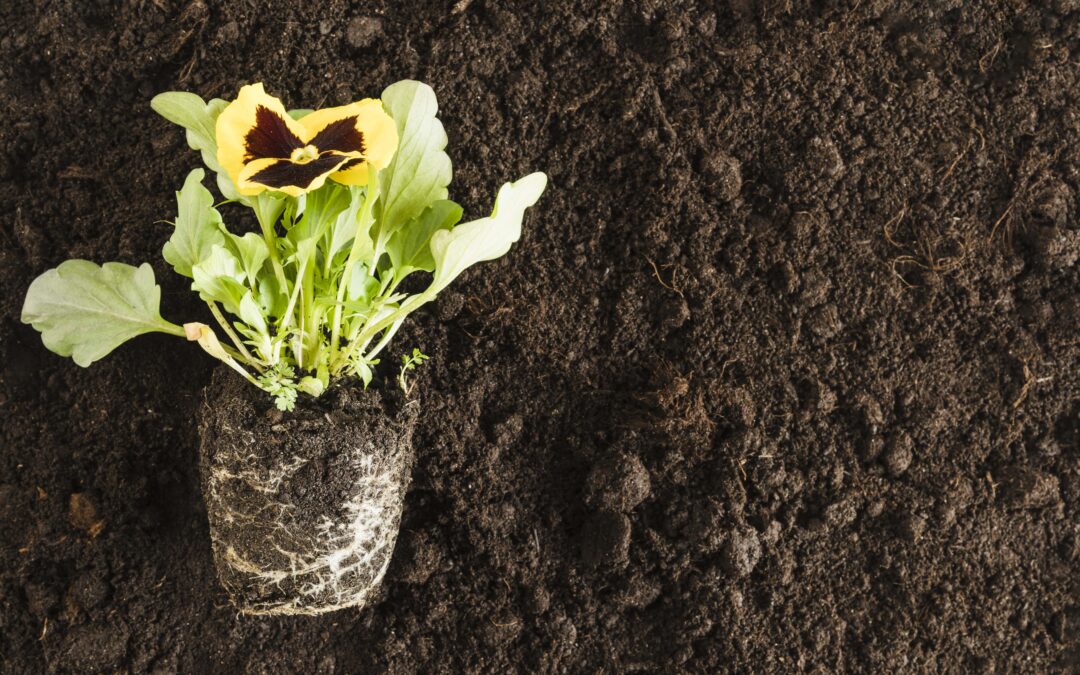Gardening is a wonderful hobby that offers a great way to spend your leisure time. Not only is it a relaxing and stress-reducing activity, but it also brings beauty and color to your surroundings. However, before you start planting, it is important to choose the right plants for your home garden. In this blog, we’ll explore some of the factors to consider when selecting plants for your garden.
Climate and Soil Type:
The climate and soil type of your area are two important factors to consider when choosing plants for your garden. Certain plants thrive in specific climates, while others need certain soil types to grow successfully. For example, succulents are great for hot, dry climates, while ferns and mosses thrive in damp, shaded areas. Similarly, acid-loving plants like rhododendrons and blueberries require acidic soil to grow well, while others such as lavender and thyme prefer well-drained soil.
Sun and Shade Requirements:
The amount of sunlight your garden receives is also an important factor to consider when choosing plants. Some plants need full sun, while others prefer partial shade or full shade. Sun-loving plants such as tomatoes and peppers require at least six hours of direct sunlight per day, while shade-loving plants such as hostas and ferns can grow in areas with little to no direct sunlight.

Maintenance and Care:
Different plants require different levels of care and maintenance. Some plants, such as succulents and cacti, require very little attention and can survive in drought-like conditions. Others, such as roses and fruit trees, require regular pruning and fertilization to grow and thrive. It is important to choose plants that fit your gardening style and the amount of time and effort you are willing to invest in your garden.
Size and Space:
When choosing plants, it is important to consider the size of the plant and the space you have available in your garden. Trees and shrubs can add structure and height to your garden but may require significant space and maintenance. Alternatively, smaller plants such as herbs and groundcovers are great for filling in gaps and adding color to your garden without taking up too much space.
Purpose and Design:
Consider the purpose and design of your garden when choosing plants. Do you want to create a vegetable garden, a flower garden, or a combination of both? Do you want to attract pollinators and wildlife to your garden? Are you looking to create a specific aesthetic or theme in your garden? Answering these questions will help you choose the right plants for your garden that will serve your specific purpose and design goals.
Seasonal Interest:
Finally, consider the seasonal interest of the plants you choose. Some plants, such as bulbs and perennials, will bloom for a specific period each year, while others such as evergreens will provide year-round interest. Consider selecting plants that will provide color and interest throughout the seasons to keep your garden looking beautiful and vibrant all year long.
In conclusion, choosing the right plants for your home garden requires careful consideration of factors such as climate and soil type, sun and shade requirements, maintenance and care, size and space, purpose and design, and seasonal interest. By taking these factors into account, you can create a beautiful and thriving garden that brings joy and satisfaction for years to come.




